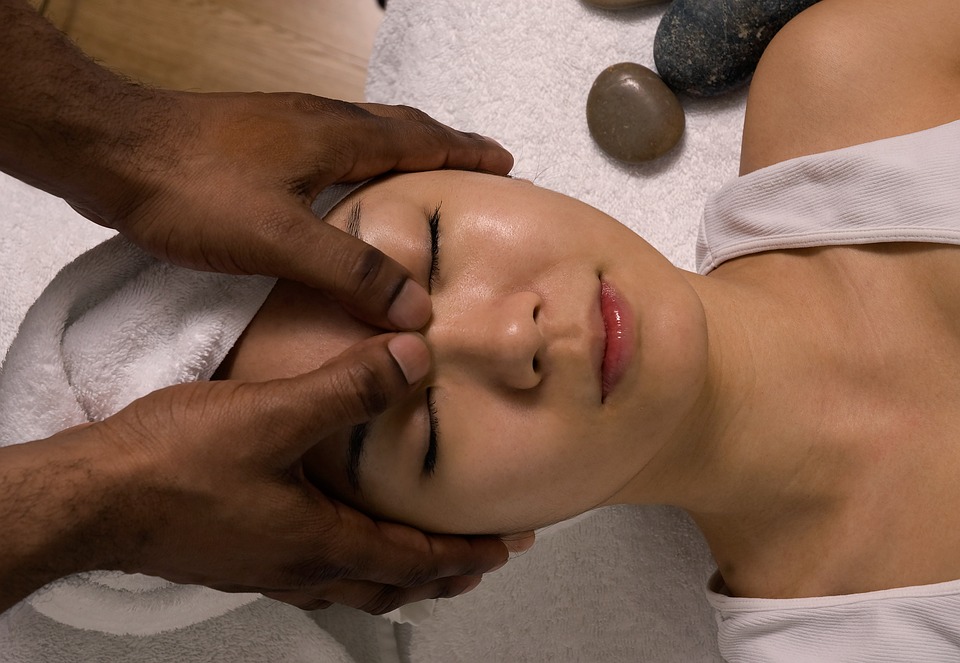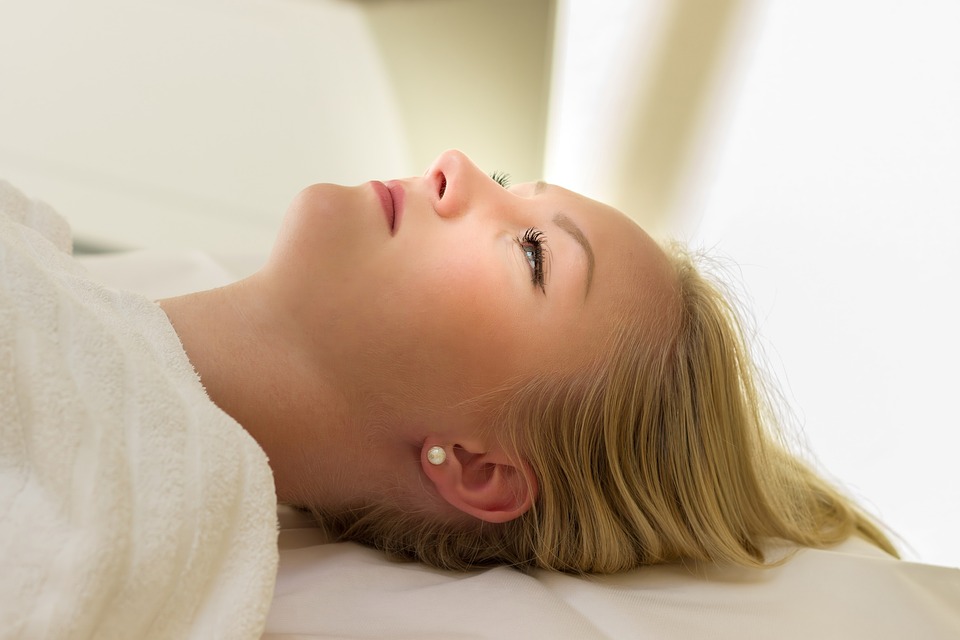Introduction
Is it possible for women to reclaim their passion and intimacy during menopause, a phase often overshadowed by discomfort and emotional upheaval? As the spotlight on menopause continues to grow, so too does the conversation about its impact on relationships and sexual health. This article will explore practical solutions to help women revitalize their love lives, transforming the narrative from “hot flashes” to “hot mamas.”
The Menopause Transition: A New Reality
Menopause typically occurs between the ages of 45 and 55, marking the end of a woman’s reproductive years. While this natural transition can bring about many physical changes—such as hot flashes, sleep disturbances, and mood swings—it can also lead to a decline in libido and relationship strain. Understanding that menopause is a biological process rather than a personal failing is crucial. Embracing this change and seeking solutions can lead to renewed intimacy and a more fulfilling love life.
Understanding the Physical Changes
The decrease in estrogen during menopause causes various symptoms that can create barriers to intimacy. Vaginal dryness, discomfort during intercourse, and fluctuating libido are common issues that many women face. Acknowledging these physical changes is the first step in finding effective remedies. Women should consult healthcare providers about various treatments such as hormonal replacement therapy, topical estrogen, or over-the-counter lubricants. Addressing these symptoms can pave the way for a more comfortable and enjoyable sexual experience.
Emotional Landscape: Navigating Relationships
Menopause doesn’t just affect the body; it impacts emotional well-being too. Anxiety, irritability, and mood swings can strain relationships. Open communication with partners is essential for maintaining a healthy connection during this transition. Couples might benefit from counseling, which can provide tools to navigate these emotional shifts together. Additionally, embracing intimacy in non-sexual ways—like cuddling, talking, or exploring new hobbies—can strengthen the bond and alleviate stress.
Empowering Solutions: A Plan for Love
It’s important to empower oneself with knowledge and strategies that can enhance intimacy. Regular exercise, for instance, not only improves physical health but also boosts mood and self-esteem. Yoga and pelvic floor exercises can be particularly beneficial for menopausal women, enhancing flexibility and sexual function. Moreover, maintaining a balanced diet full of phytoestrogens, like soy products and flaxseeds, can help balance hormones naturally. Fostering a sense of well-being through self-care is vital in reconnecting with one’s body and revamping a vibrant love life.
Exploring New Avenues of Intimacy
Menopause can provide a unique opportunity for couples to explore new dimensions of intimacy. As sexual frequency may change, couples should be open to experimenting with different forms of connection. This could include planning romantic evenings, trying new activities together, or engaging in playful foreplay that focuses on mutual pleasure rather than penetration. Creating an environment of exploration can transform intimacy from a pressure-filled obligation into an exciting adventure.
Conclusion: From Surviving to Thriving
So, can women truly revitalize their love lives during menopause? Absolutely! By acknowledging the challenges and embracing proactive solutions, women can transition from dealing with hot flashes to enjoying their roles as hot mamas. Menopause can serve as an invitation to discover new aspects of pleasure and connection with partners. As we shatter the stigma surrounding this natural phase of life, it becomes evident that every woman has the power to embrace her sexuality—even in menopause. Let’s reclaim intimacy and celebrate this transformative journey!











